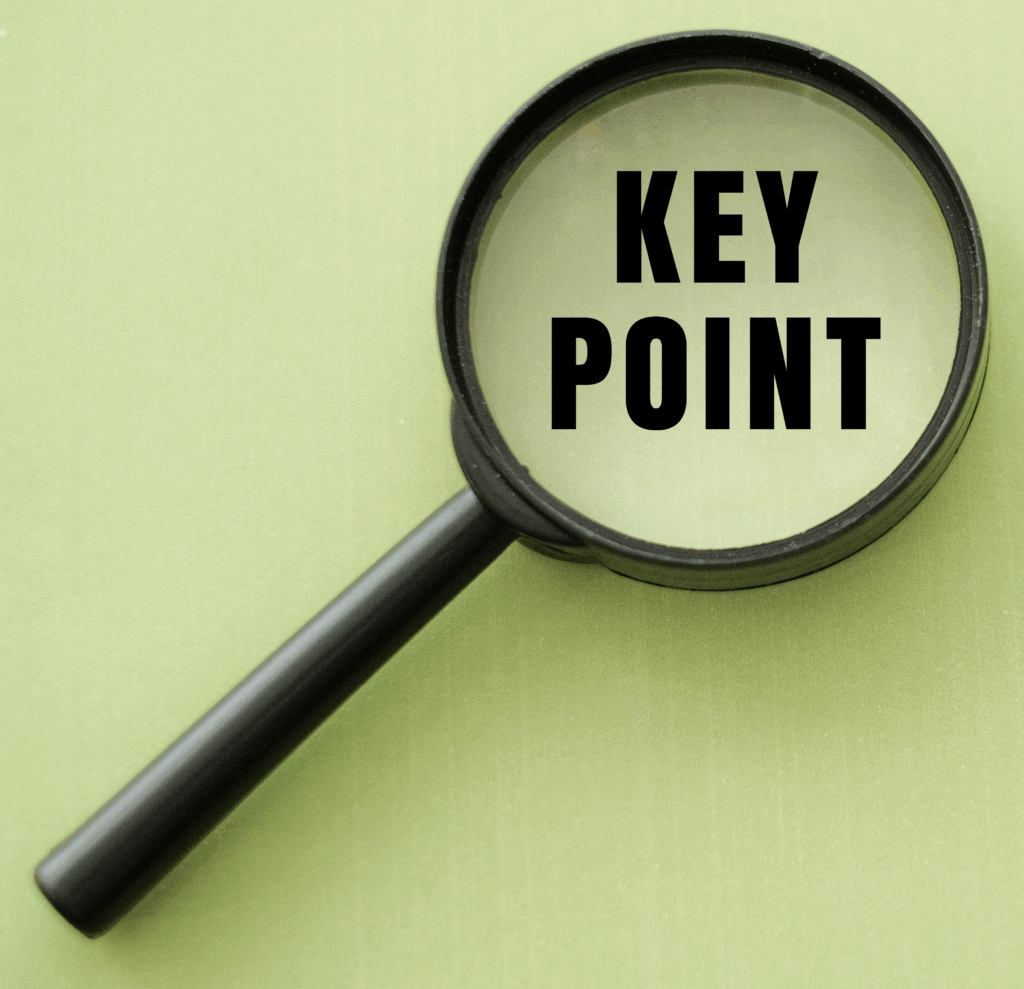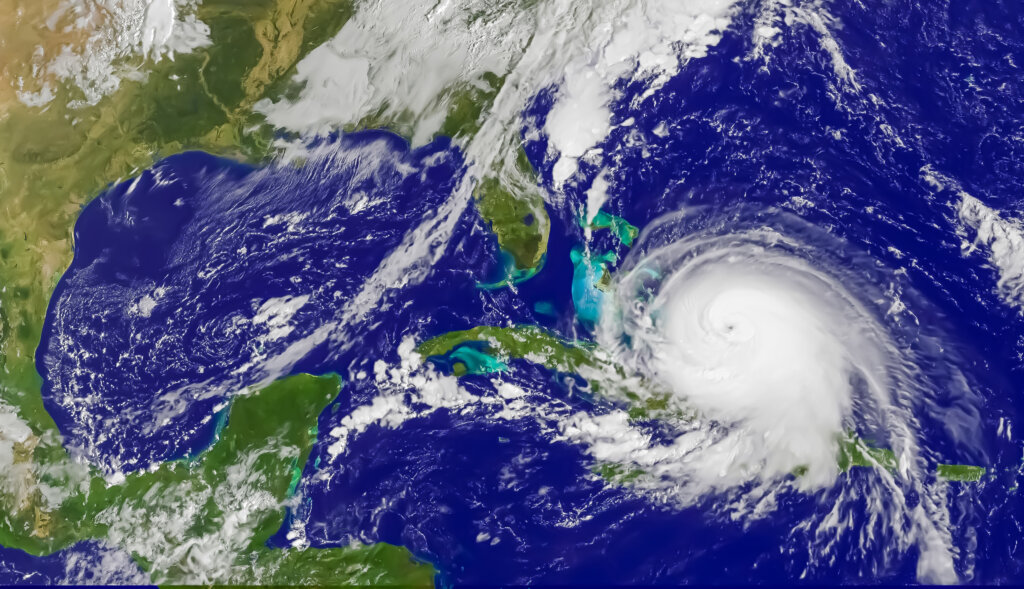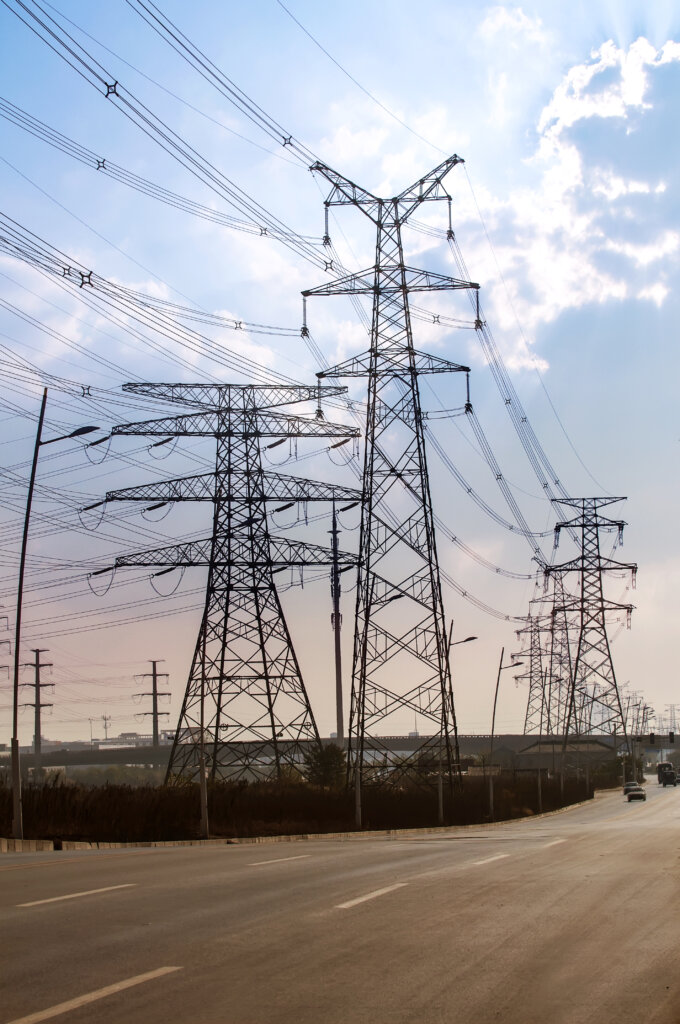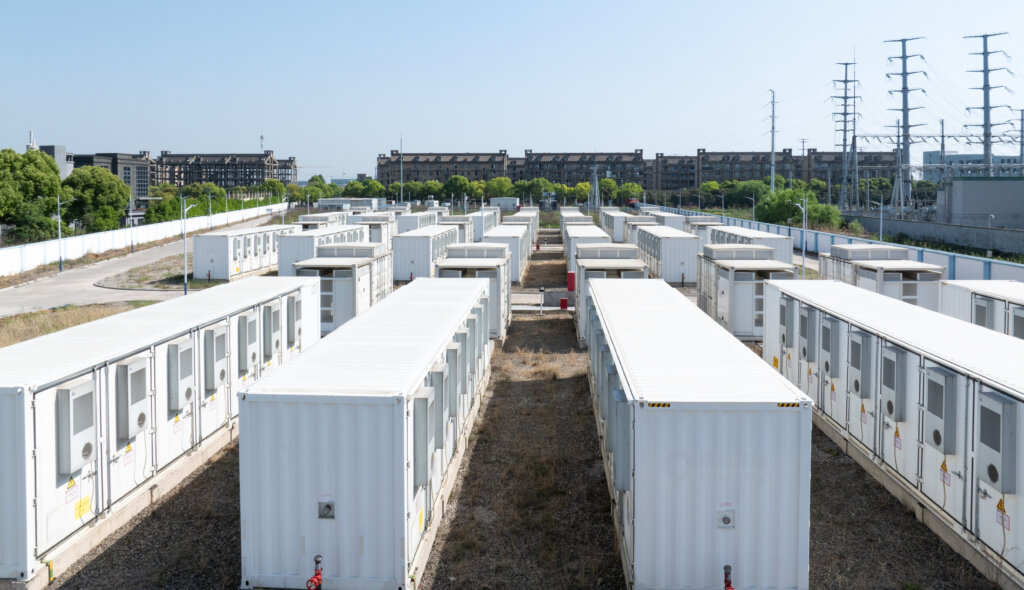Data centers are the backbone of today’s digital economy, powering critical operations from financial systems to cloud applications and AI platforms. Yet even the most advanced facilities face risks from power-related disruptions that threaten uptime, availability, and performance. A single data center power failure can cascade across industries, eroding trust and causing costly downtime. To safeguard operations, data center personnel must understand the most urgent threats to power reliability.
Five (5) threats stand out as the most pressing:
- Severe Weather Events
- Cyber Attacks
- Surging Electrical Demand
- Unprecedented Power Needs of an AI Infrastructure
- Physical Limitations of an Aging and Intermittent Power Grid
Each threat represents a distinct challenge to data center resilience and requires proactive strategies to ensure continuous operations in a rapidly evolving energy landscape. This article details each threat and proposes a power reliability / resiliency strategy.

Understanding these threats is the first step towards a more resilient data center.
1. Severe Weather Events
Severe weather remains one of the most immediate and unpredictable threats to data center power reliability. Hurricanes, wildfires, ice storms, and floods disrupt utility grids, damage substations, and trigger regional outages. Even a short-term disruption can push critical facilities onto backup power and stress redundant systems. With climate volatility increasing, the likelihood of weather-driven data center power failures will continue to grow.
Resilient facilities address these risks through hardening and redundancy. Operators in hurricane-prone areas reinforce structures for high wind loads and storm surges, while those in wildfire zones build defensible perimeters and deploy air filtration to protect sensitive equipment. Dual utility feeds, advanced transfer switches, and layered backup systems reduce the risk of a complete shutdown. These measures directly strengthen data center resilience against environmental extremes.
However, traditional backup approaches carry both cost and sustainability challenges. Excess diesel generation, for example, can meet uptime requirements but conflict with carbon reduction goals. Forward-looking data centers have begun adopting renewable energy sources which include microgrids with solar power generation, battery energy storage, and advanced controls. This approach not only ensures power reliability during severe weather but also aligns with broader sustainability mandates.

Satellite View of an Approaching Hurricane
2. Cyber Attacks
Cyber threats are less visible than weather disasters but no less dangerous. Attacks on utilities, substations, or data center control systems can disrupt monitoring, corrupt load management, and disable automated switching. With IT and operational technology (OT) converging, data center facilities are increasingly exposed to sophisticated attacks that directly target power availability. A cyber-induced data center power failure could spread across regions and industries simultaneously; consequently cascading the failures of clients’ data management and accessibility.
Most modern facilities rely on Supervisory Control and Data Acquisition (SCADA) systems, programmable logic controllers (PLCs), and digital control platforms to monitor and optimize power flows. These tools enhance efficiency but also expand the hardware and software vulnerable to a cyber attack. If compromised, adversaries could disable uninterruptible power supplies (UPS), overload circuits, and / or trigger generator failures … all of which undermine power reliability in data centers. The rise of ransomware and state-sponsored campaigns (e.g., political, economic, or military destabilization, influence, or espionage) amplifies the urgency of addressing this threat.
Data center operators are strengthening security by segmenting power control networks and using advanced tools to detect unusual activity in real time. Regular security drills and close collaboration with utilities help ensure a quick response to potential threats. In today’s environment, cybersecurity is essential to data center power resilience.

Robust cybersecurity measures not only safeguard data and uptime, but also the physical safety of data center personnel by preventing unauthorized access to critical power controls.
3. Surging Electrical Demand
The global demand for digital services continues to climb, and with it, the electrical loads of data centers. Cloud file sharing / storage adoption, “Internet of Things” (IoT) expansion, and continued 5G cell service deployment by the major carriers are all pushing data centers to draw more energy than ever before. In many urban hubs, utilities already struggle to meet rising demand, creating conditions for brownouts, rolling blackouts, or delayed approvals for new projects. Surging data center power demand has become a systemic challenge to both operators and the grid.

High Voltage Electrical Power Transmission Lines
When demand outpaces supply, power reliability suffers, for example:
- Facilities may switch to backup generation more frequently, depleting fuel reserves and inflating costs.
Frequent reliance on backup generators not only accelerates fuel consumption and increases operational expenses, but also heightens the risk of running out of reserves during extended outages. - Local utilities with narrow margins between capacity and consumption are less able to withstand unexpected grid disruptions.
When local utilities operate with minimal excess capacity, they have limited flexibility to absorb sudden spikes in demand or recover quickly from unforeseen grid failures. - Data centers are now in direct competition with transportation electrification and industrial demand for the same limited resources.
As transportation and industry increase their electricity usage, data centers must compete more aggressively for limited power supplies, potentially facing higher costs and supply constraints.
To address this imbalance, advanced operators are implementing demand-side management strategies. These include peak shaving, energy storage integration, and smart load balancing that align usage with off-peak generation. Some are also partnering with utilities to co-develop renewable infrastructure or invest in transmission upgrades. By embracing grid-supportive practices, data centers not only improve power reliability but also position themselves as critical partners in energy transition planning.
4. Unprecedented Needs Of An AI Infrastructure
Artificial Intelligence (AI) is redefining the data center power landscape. Its infrastructure provides the computing power, data management, and technical environment required for training, testing, and operating AI models at scale. Training advanced AI models requires massive computational density, often measured in megawatts per deployment. Unlike traditional workloads, AI draws sustained, high-level power that pushes both electrical and cooling systems beyond legacy limits. AI data center energy needs are escalating so quickly that power availability is becoming a primary determinant of site viability.
These AI workloads change both the scale and the shape of power consumption. Data center power requirements face higher baseloads, sharper peaks, and more intense redundancy requirements. Legacy substations, switchgear, and transformers may lack the capacity to manage AI-scale demand, requiring expensive upgrades or relocations. Without proactive planning, data center managers and operators risk instability, downtime, or unsustainable energy costs.
To meet this challenge, data centers are beginning to prioritize access to renewable energy and robust transmission infrastructure. Facilities that anticipate AI-driven power demand will strengthen data center resilience and maintain a competitive edge. Data centers that lag may find themselves constrained not by IT capacity, but by the limits of their electrical infrastructure.
5. Physical Limitations Of An Aging And Intermittent Power Grid
Beyond weather, cyber threats, demand surges, and AI-driven loads, one of the most fundamental risks lies in the physical limitations of the power grid itself. Much of the North American transmission and distribution infrastructure was built decades ago, with components now operating past their intended life cycles. Transformers, substations, and transmission lines suffer from wear, capacity constraints, and delayed modernization. This aging foundation introduces vulnerabilities that can manifest as outages, voltage instability, or slow recovery times … all of which threaten data center resilience.
Compounding the issue is the growing intermittency of generation sources. As utilities integrate higher levels of renewable energy, including solar and wind, grid stability depends on balancing variable inputs with real-time demand. While this transition supports sustainability, it also increases reliance on storage, flexible demand, and sophisticated balancing mechanisms. For data centers that require uninterrupted power quality, fluctuations in voltage or frequency caused by intermittent supply can create operational risks, from IT performance degradation to premature equipment failure.
Forward-thinking data center teams recognize that grid limitations are not merely utility challenges … they are shared risks that demand collaborative solutions. Data centers are investing in grid-interactive technologies, such as dynamic load response and on-site battery energy storage, to buffer against instability. Some are co-developing infrastructure upgrades with utilities or even building private transmission lines to guarantee reliable supply. By acknowledging the physical and systemic constraints of the aging power grid, data center personnel can proactively design their facilities to maintain uptime and deliver long-term resilience despite external limitations.

Example of Onsite Battery Energy Storage with Private Transmission Lines
Conclusion
Data center power failures are not isolated events, they are systemic risks shaped by multiple converging forces. Severe weather events test physical infrastructure, cyber attacks target digital control systems, surging demand stresses utilities, AI workloads redefine electrical requirements, and the aging, intermittent power grid itself creates structural vulnerabilities. Together, these threats elevate power reliability from an operational concern to a strategic imperative.

Those who anticipate and address these five (5) most prominent threats will not only sustain uptime but also strengthen their respective clients’ trust and lead the industry into a more resilient, energy-conscious future. The future of data center resilience depends on this dual focus: securing both the facility and the broader grid it relies upon.
Power reliability and resiliency will define competitive advantages in the data center sector. Trystar empowers data centers to stay ahead by delivering robust power distribution, backup, and monitoring solutions designed for maximum uptime and rapid recovery. With Trystar, data center teams not only protect operations, but also ensure the physical safety of the data center’s personnel in any emergency.
Don’t wait for a crisis … partner with Trystar to ensure that your data center is equipped to manage any disruption, safeguard its critical operations, and lead the industry with unmatched reliability!